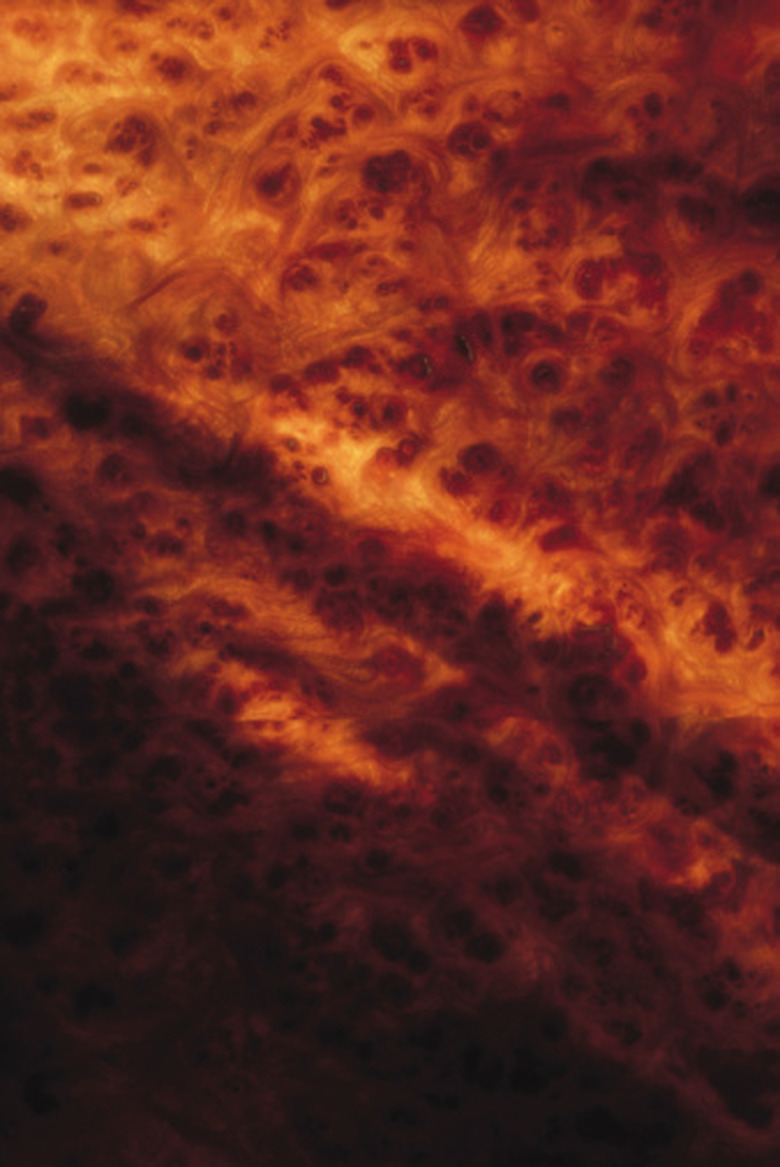How To Cut A Burl For Turning
Things Needed
- Chain saw
- Pressure washer
- Cardboard
- Compass
- Razor knife
- Nail
- Hammer
- Band saw
- Wood sealer
Highly coveted by woodturners, burls are abnormal tree growths with interior grain patterns highly figured with swirls of color not found in other parts of the tree. Woodturners often hunt for burls because the grain patterns are so striking and uncommon. There is no concrete explanation for burl growth, but some theories claim the burl grows in response to damage caused by insects or fungus. Harvesting a burl from a live tree will most likely kill the tree; thus, it is best for the tree if you wait until it dies before removing the burl.
Step 1
Cut the tree trunk width-wise above and below the burl. This will maximize the burl's use since the figured grain can also be present behind the burl.
Step 2
Clean the dirt and rocks off the burl using a pressure washer or water hose. This will prevent your chainsaw from becoming dull.
- Highly coveted by woodturners, burls are abnormal tree growths with interior grain patterns highly figured with swirls of color not found in other parts of the tree.
- Woodturners often hunt for burls because the grain patterns are so striking and uncommon.
Step 3
Cut the burl parallel to the tree trunk's face to obtain a circular swirl grain pattern. Cut the burl perpendicular to the tree trunk to yield a grain pattern in which swirls radiate outward away from the burl's center. Cut the burl into slabs 1 inch thicker than the height of the bowl you wish to turn.
Step 4
Cut a circular template from cardboard the same size as the diameter of the bowl you will make. Use a compass to scribe the circle and cut the cardboard with a razor knife. Ensure the template diameter is less than your wood lathe's swing capacity.
Step 5
Position the template over the bark side of the burl slab. Adjust the template's position until the area you want to include in the bowl blank is covered by the template.
- Cut the burl parallel to the tree trunk's face to obtain a circular swirl grain pattern.
Step 6
Lightly tap a nail through the template's center into the burl.
Step 7
Place the burl on a band saw and cut the burl following the cardboard template's circumference. This will ensure a round turning blank despite the irregular shape of the burl's top.
Step 8
Remove the template and nail from the burl. Decide whether to turn the burl wet or green. Or, seal the burl with wood sealer and let it air dry.
